Castles
Castles [Замки; Zamky]. Fortified residences of rulers. Castles were first built in the Middle Ages as shelters from invaders. In Ukraine fortified towns were the precursors of castles. Usually the fortifications consisted of a wooden stockade, rarely of stone. Fortified towns were established by the princes in the 10th–12th century, particularly in the areas threatened by nomadic tribes and on the Polish frontier.
In the 13th century, after the decline of Kyivan Rus’ and the Tatar invasions, the focus of political and cultural life moved to the western Ukrainian territories. To defend and restore the Principality of Galicia-Volhynia, its rulers, particularly King Danylo Romanovych, renovated and built numerous fortified towns and castles (Danyliv, Lviv, Kholm, Volodymyr-Volynskyi, Lutsk, Kremenets, etc), which under Tatar pressure they then had to demolish.
Castles became widespread at the end of the 14th century when Ukraine became part of the Lithuanian and Polish states. Lithuania intended to colonize the steppes as far as the Black Sea and undertook the struggle against the Tatars, in which the castles played both a defensive and an offensive role. Either the state or individual magnates such as the Czartoryski or Ostrozky princes restored or built castles in strategically or economically important locations. To protect the Black Sea coast and the customs warehouses in the south, the grand duke Vytautas the Great built an extensive system of castles (Karavul, Bilhorod [now Bilhorod-Dnistrovskyi], Chornohorod, Khadzhibei, etc) and installed in them nobles who were obligated to render military service. After Vytautas's death in 1430 the colonization movement diminished. The castles in the southern steppes were abandoned, and the defense line was moved north. Larger incursions by the Crimean Tatars, who found new support in the Turkish protectorate at the end of the 15th century, forced the Lithuanian-Ruthenian state to restore the old castles and to build new ones. Wooden buildings were replaced by stone structures, and new types of weapons were introduced.
Castles were built not only on the exposed frontier along the Dnipro River (Kyiv, Kaniv, and Cherkasy) and in Podilia (Bar, Medzhybizh, Chornokozyntsi, Sataniv, Zhvanets, Pyliava, Zinkiv [now Zinkiv (Khmelnytsky oblast)], Letychiv, Yampil [now Yampil (Vinnytsia oblast), Sutkivtsi, Bratslav, and Vinnytsia), but also in the interior—in Galicia and Volhynia. The Dnister River line was guarded from the Turks by Kamianets-Podilskyi, the strongest fortress in Poland and Ukraine. On the Turkish side stood Khotyn.
Castles were built in inaccessible places—on steep hills (eg, Kremenets, Kyiv, Lviv, Halych, and Chyhyryn), at river bends (eg, Dubno, Lutsk, and Berezhany), on islands, or in marshes. Building materials consisted of wood (castles in Vinnytsia, Chornobyl, Putyvl, Ovruch, Zhytomyr, Zvenyhorod, Bratslav, and Cherkasy) and sometimes stone (Kremenets, Lviv, and Kholm).
Wooden castles were surrounded by a thick stockade covered with mud to protect it from fire. At the top of the stockade was a covered platform and firing holes. Towers built of beams stood at the corners of the stockade. Sometimes a water-filled moat surrounded the castle, and a drawbridge provided access to the gate. The stronghold or palace, which was often topped with a tall tower, was the center of the castle. It encompassed the prince's or magnate's residence, the guards' quarters, the prison, the cellars, and the well. Usually there was also a secret passage in the castle that led beyond the walls. On the castle grounds there was a church, and under the walls there were warehouses where the townsfolk who lived around the castle stored their goods during an enemy attack. Cossack castles were also usually built of wood with an emphasis on a more solid stronghold but weaker fortifications. The largest number of such castles appeared during the hetmancy of Bohdan Khmelnytsky.
Stone castles consisted of exterior walls, towers, and inner buildings. The old castles had a large number of towers—the Kamianets-Podilskyi castle had 11 and the Yazlovets castle 8—which were used as arsenals and warehouses. The towers were either square, as in Kholm, or circular, as in Kamianets-Podilskyi. In the 16th–17th century pentagonal towers, as in Chortkiv, were introduced. The castle entrance was a double gate, usually within a tower. The other buildings were similar to those in wooden castles.
The ground plan of a castle was determined to some degree by the setting. But the older castles (eg, Kamianets-Podilskyi, Terebovlia, and Buchach) had an irregular plan, as did the fortified towns of the Princely era. Castles in the form of a regular pentagon (Berezhany, Brody, Chortkiv, Sataniv, Zhvanets, and Kodak) appeared only in the 16th–17th century.
It was very costly to maintain castles in a battle-ready condition. The central government did not always provide the necessary funds, and the local magnates and population could not afford to support the troops and armaments. Hence, many castles in Right-Bank Ukraine in the 16th century were no more than temporary refuges for the population. The castles along the Dnipro River were in a better condition and were continuously manned by 50–100 troops. Besides the garrison they also had irregular ‘field’ troops for reconnaissance duty. Each castle was provided with several cannons.
The architecture of the fortified towns of the Princely era has not been adequately researched. The wooden castles of the 14th–17th century were usually built by craftsmen who continued and developed the traditional forms of wooden fortification from the early Princely era. The large castle complex in Chornobyl was built by the master builder Zamorenko in 1548. The large castle on Kyselivka Hill in Kyiv was built by Ivan Sluzhka in 1545. The castle in Oster was the work of master builder Shutkovsky.
Of the numerous stone castles usually only the ruins have been preserved (Lutsk, Dubno, Ostroh, Mezhyrich, Kremenets, Kamianets-Podilskyi, Uzhhorod, Mukachevo, and many others). It is possible to reconstruct from these remains a typical castle, which as early as the 16th century was predominantly of the Gothic style modified by an admixture of Renaissance forms. Such reconstructions were made of the castles in Lutsk (reconstructed by Luka of Prešov in 1541), Ostroh, Dubno, Mezhyrich, and Kamianets-Podilskyi (14th-16th century and rebuilt in the 17th-18th century).
During the Renaissance period (16th–17th century) grand residences were built by the magnates—the castles in Lisko (owned by the Kmita family), Krasychyn (Krasicki family), Berezhany (Sieniawski family), Ternopil (Tarnowski family), Olesko (Daniłowicz family), Zhovkva (Żółkiewski family), Stare Selo (Ostrozky family), etc. The remains of castles and fortified palaces built in the 17th century (rare samples of the West European baroque style) can be found in Pidhirtsi, Zbarazh, Brody, Zolochiv, Ivano-Frankivsk, and other places.
Because of new military technology and the cessation of Tatar-Turkish incursions, castle building declined in the 18th century. Magnates began to build residential palaces instead.
Special mention must be made of the castles built by Genoese traders in the Crimea to protect their colonies in the mid-14th century. The best-preserved ruins of such castles are found in Sudak (1345–1414) and Teodosiia (1348). On the lower Dnister River Akkerman (now Bilhorod-Dnistrovskyi) and Bendery were built and later were taken by the Turks when they established control of the northern coast of the Black Sea. The Turks maintained the castles of Khotyn, Bendery, Akkerman, and Ochakiv and eventually built forts on the lower Dnipro River, of which Kazi-Kerman was the most important.
BIBLIOGRAPHY
Czołowski, A. Dawne zamki i twierdze na Rusi Halickiej. Teka konserwatorska (Lviv 1892)
Svederskii, V. Pamiatniki starinnoi arkhitektury v Podol’skoi gubernii (Petrograd 1916)
Sitsins’kyi, Ie. ‘Oboronni zamky Zakhidnoho Podillia XIV–XVII st.’ ZIFV, 17 (Kyiv 1928)
Arkhitekturni pam’iatnyky (Kyiv 1950)
Rappoport, P. Ocherki po istorii russkogo voennogo zodchestva 10–12 vv. Materialy i issledovaniia po arkheologii SSSR, 52 (Moscow–Leningrad 1956)
Sichyns’kyi, V. Istoriia ukraïns’koho mystetstva, 1: Arkhitektura (New York 1956)
Asieiev, Iu.; Lohvyn, H.; Nel’hovs’kyi, Iu.; Iurchenko, P.; Tsapenko, M. ‘Arkhitektura,’ in Istoriia ukraïns’koho mystetstva v shesty tomakh, 1–3 (Kyiv 1966–8)
Tsapenko, M. Arkhitektura Levoberezhnoi Ukrainy XVII–XVIII vekov (Moscow 1967)
Lohvyn, H. Po Ukraïni (Kyiv 1968)
Asieiev, Iu. Rozpovidi pro arkhitekturni skarby (Kyiv 1976)
Matsiuk, O. Zamky i fortetsi zakhidnoï Ukraïny (Lviv 1997)
Vadym Pavlovsky
[This article originally appeared in the Encyclopedia of Ukraine, vol. 1 (1984).]
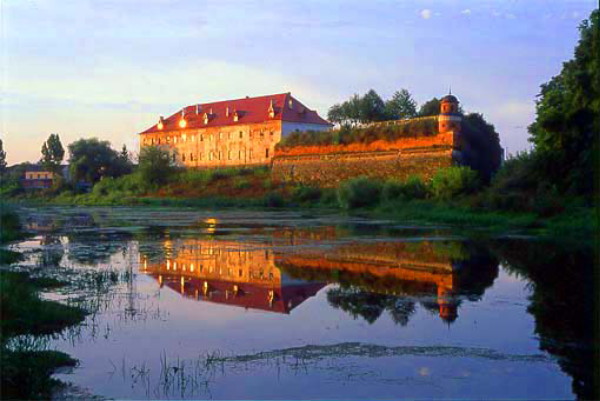
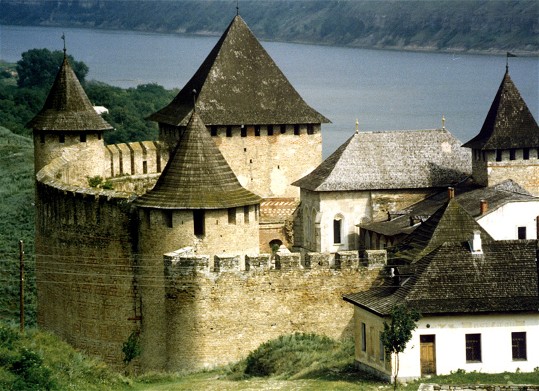
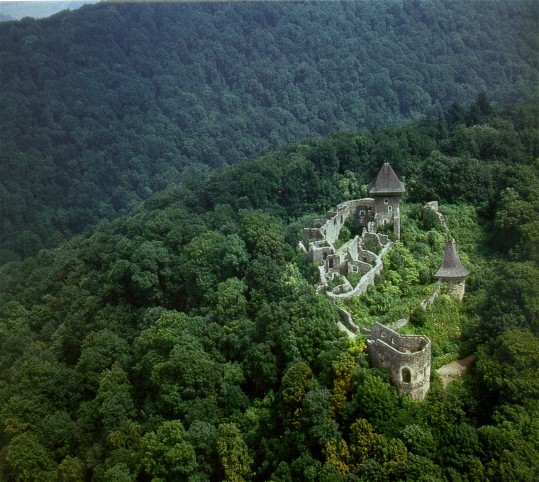
.jpg)
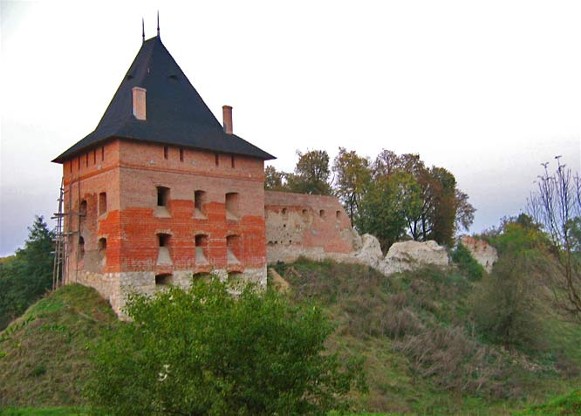
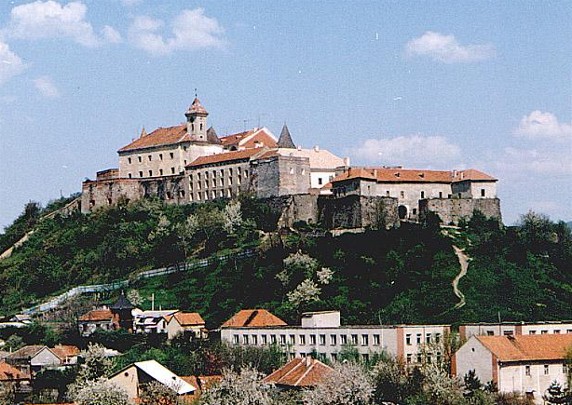
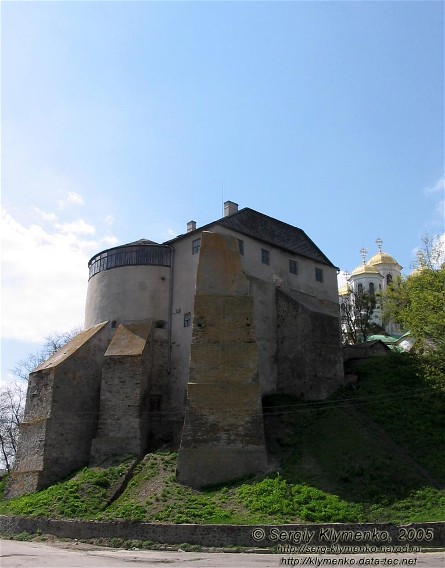
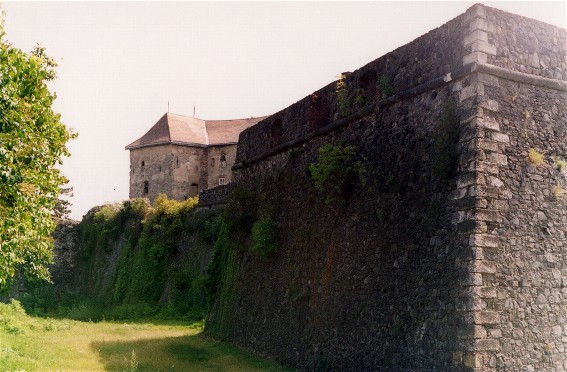
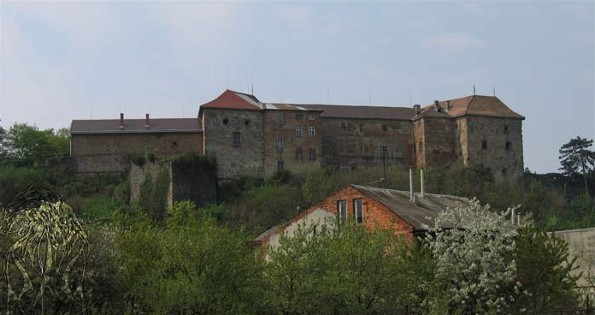
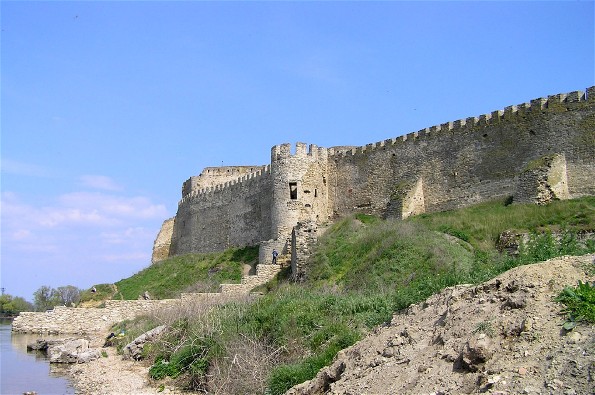
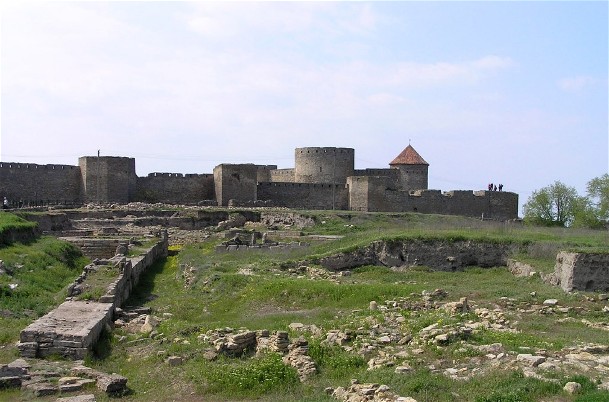
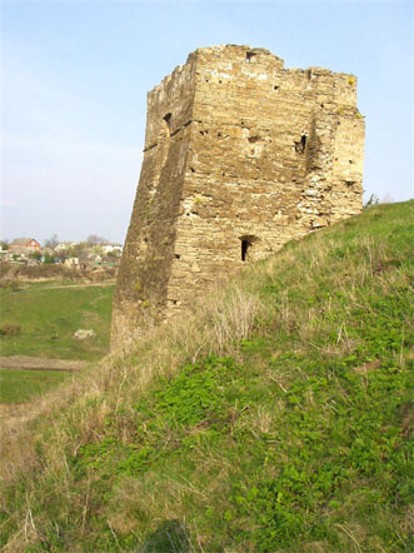
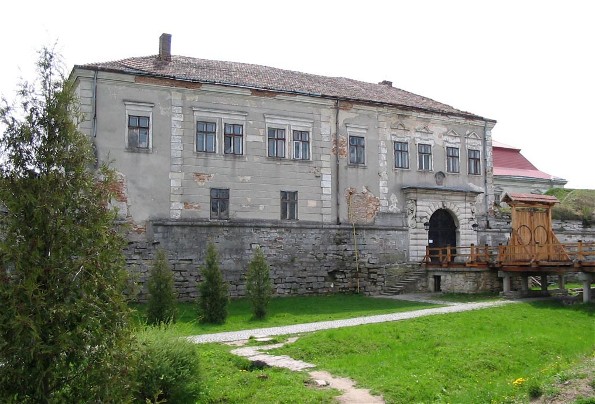
.jpg)
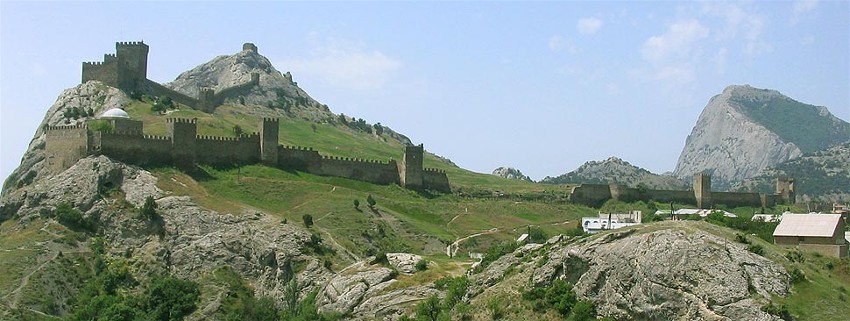
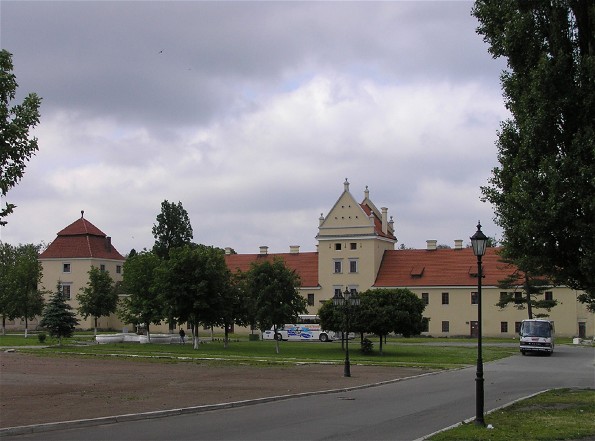
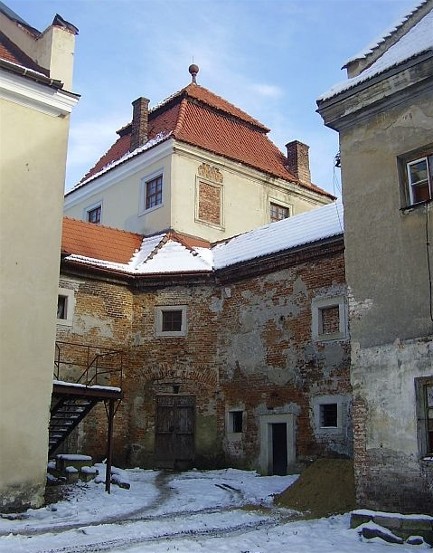
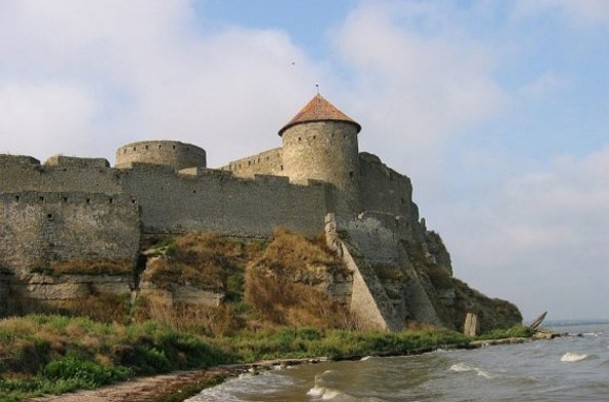
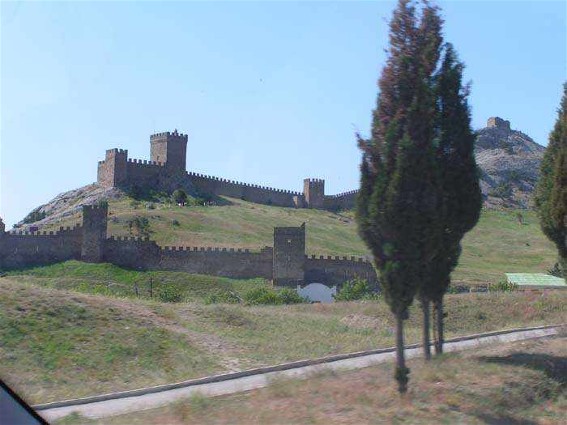
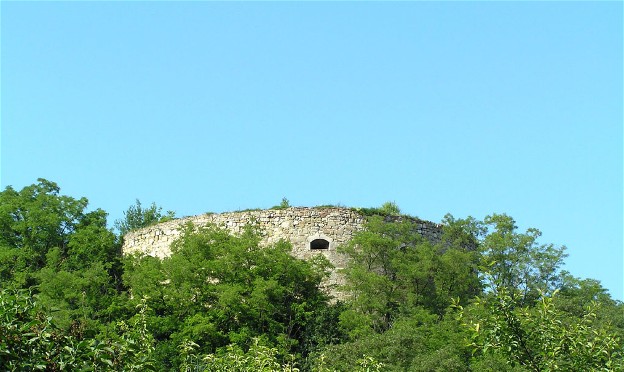
.jpg)
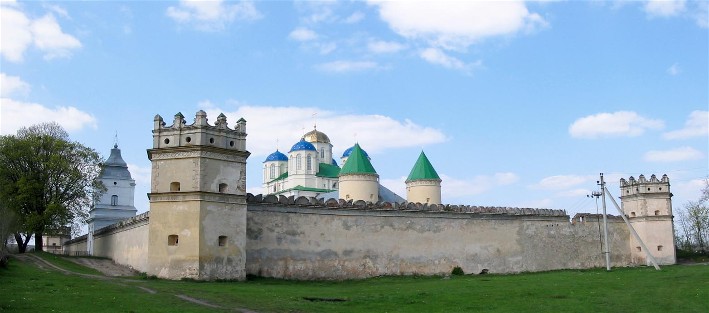
.jpg)
.jpg)
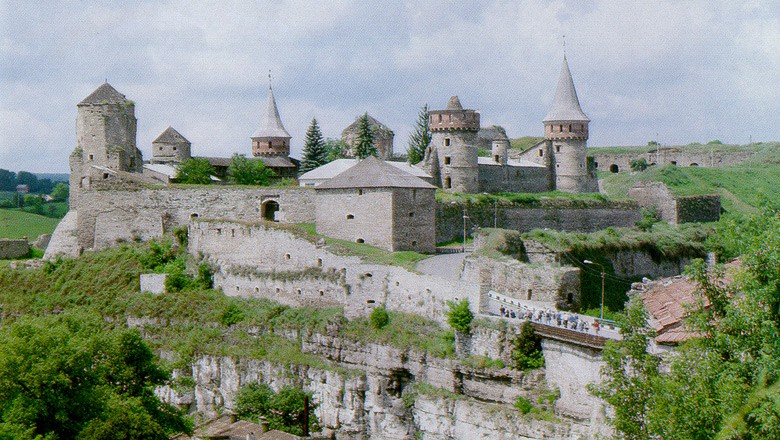
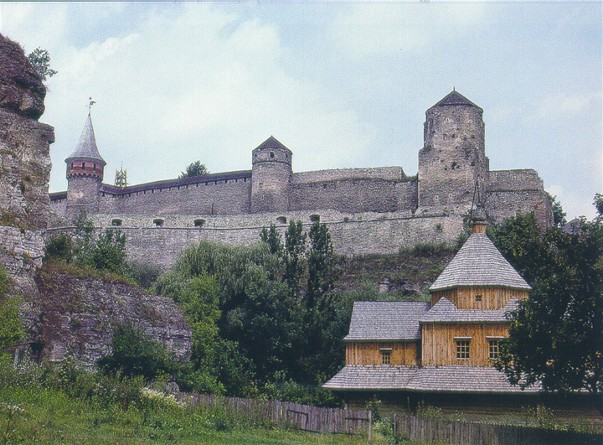
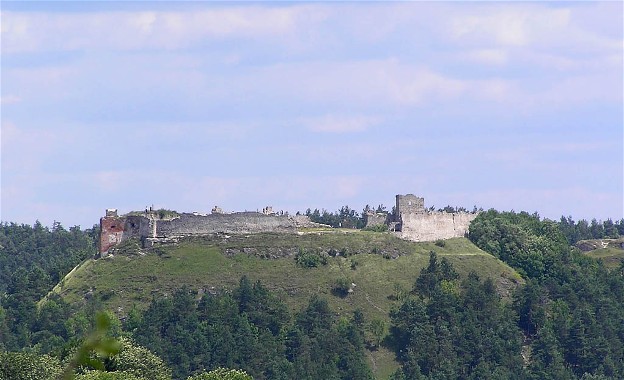
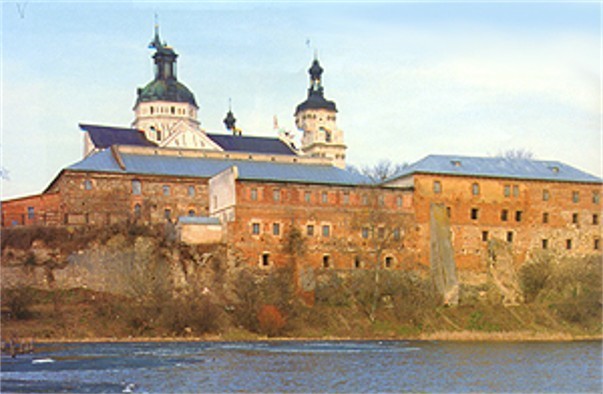
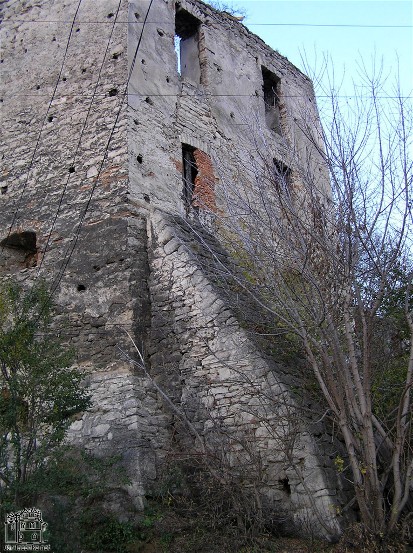
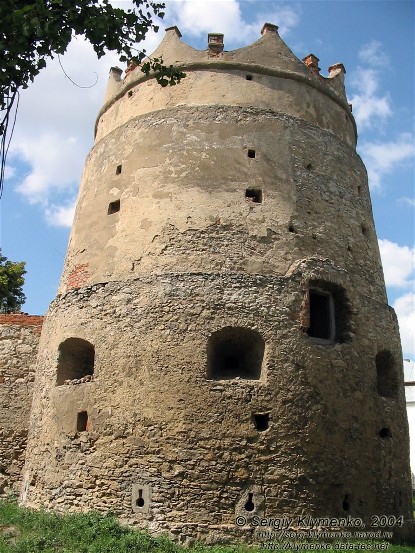
.jpg)
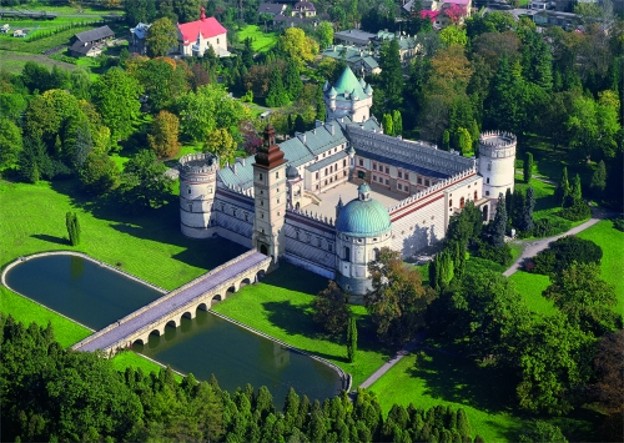
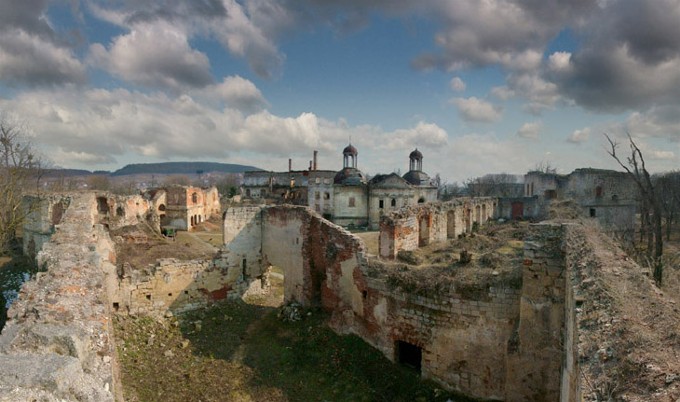
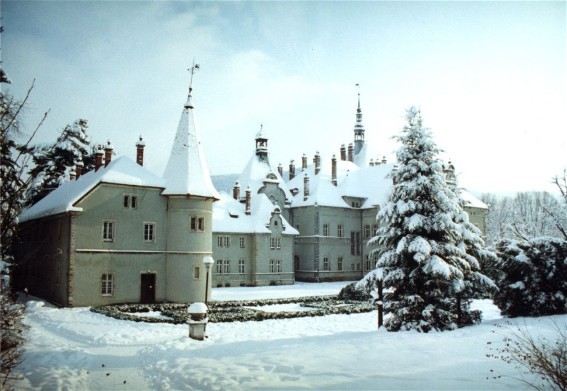
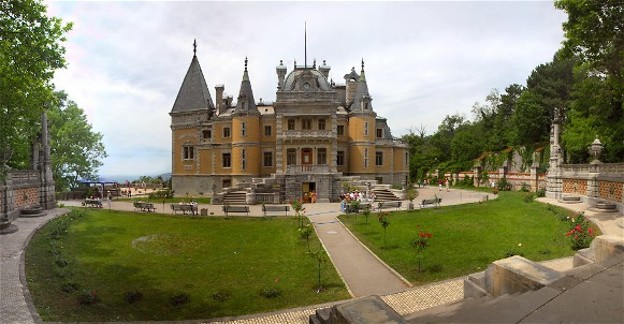
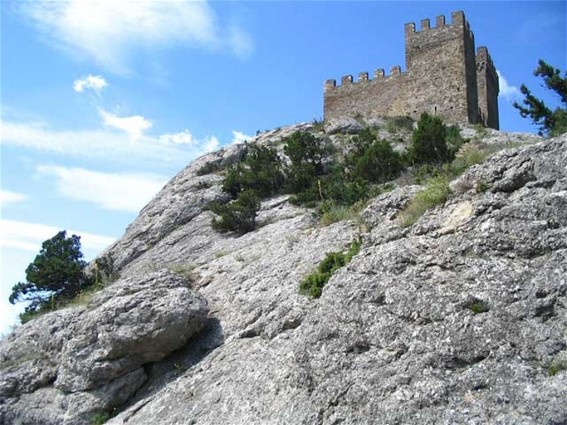
%20Kmita%20family%20castle.jpg)